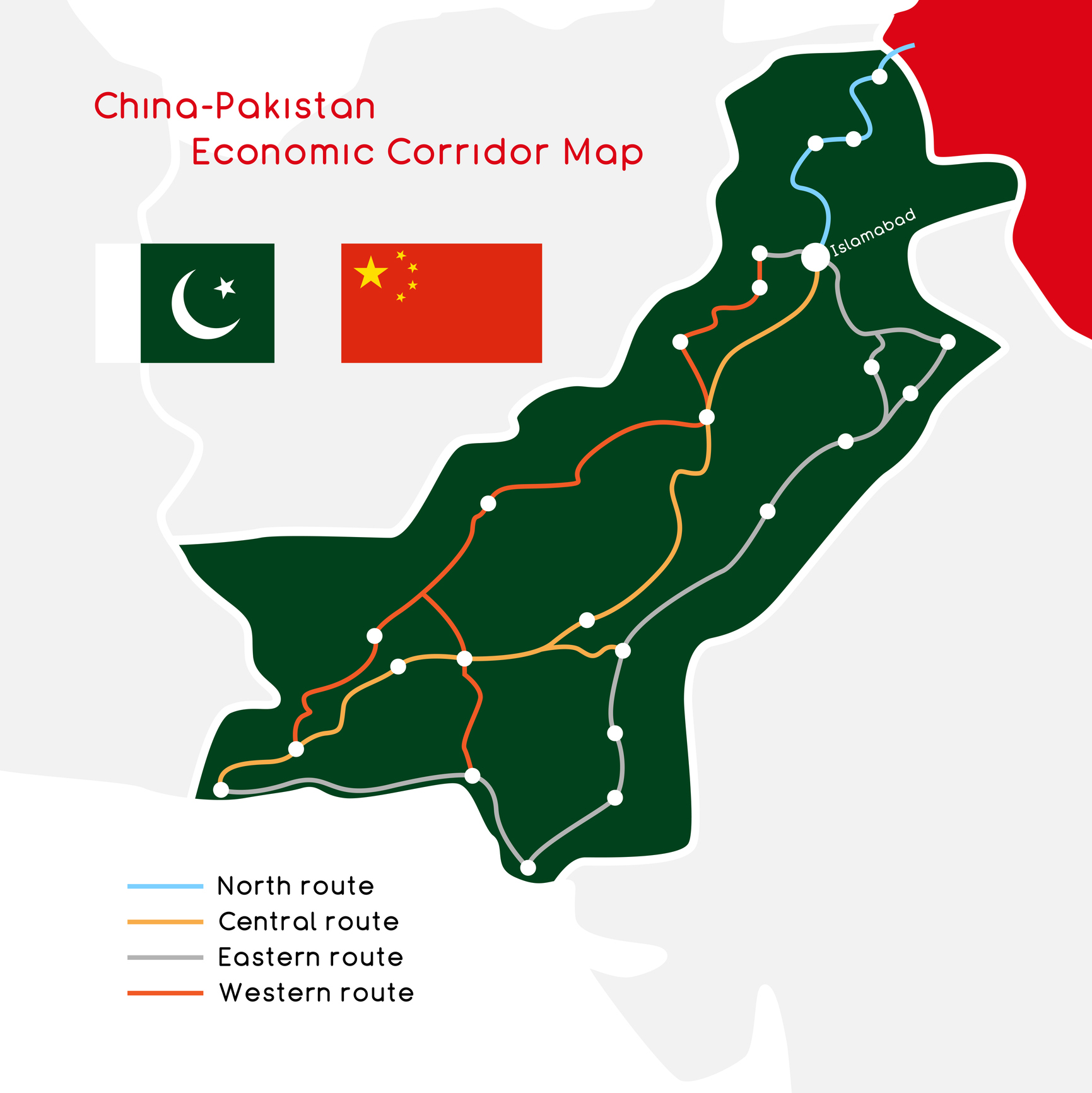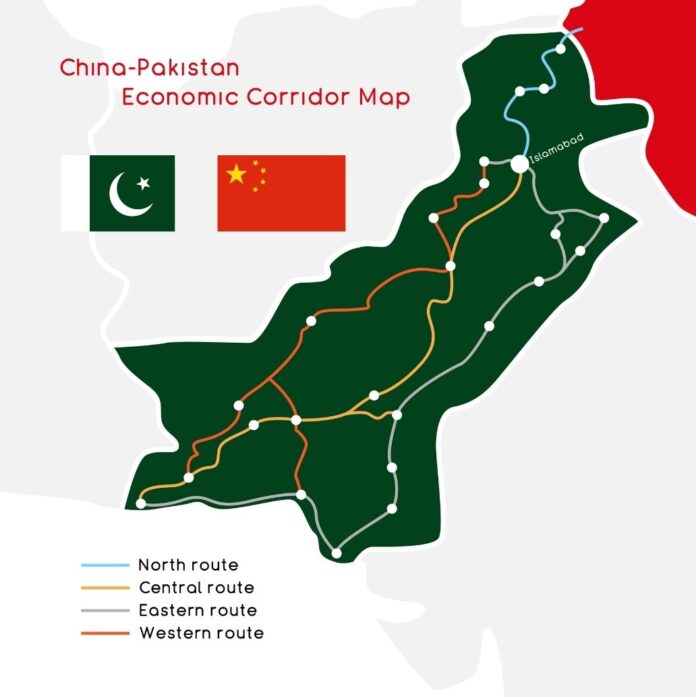
China’s Belt and Road Initiative (BRI), launched in 2013, represents one of the most ambitious infrastructure and economic development projects in history. Spanning across Asia, Africa, Europe, and beyond, the BRI is designed to enhance trade routes, build infrastructure, and foster economic cooperation among participating countries. However, while the initiative is framed as a win-win for global development, it also poses a significant challenge to the United States’ global influence. As China extends its reach through this massive network, the BRI is reshaping geopolitical dynamics, creating new centers of power, and potentially undermining the US’s strategic position on the world stage.
At its core, the Belt and Road Initiative is a testament to China’s growing ambition to position itself as a global leader. Through investments in ports, highways, railways, and energy projects, Beijing is creating a web of interconnected economies that are increasingly dependent on China. This dependency, in turn, grants China substantial leverage over the domestic and foreign policies of the participating countries. In many cases, these countries, often developing or emerging economies, find themselves in a position where they rely on Chinese investment and trade to fuel their growth, thereby aligning more closely with Beijing’s strategic interests.
For the United States, this presents a multifaceted challenge. The BRI is not just about infrastructure; it is a vehicle for China to project soft power and build influence across continents. As countries become more integrated into China’s economic orbit, they may be more inclined to support Chinese positions in international forums, at the expense of US interests. Moreover, the BRI is effectively creating an alternative global order, one where China’s rules and norms could begin to take precedence over those established by the US and its allies in the post-World War II era.
One of the most significant aspects of the BRI’s challenge to US influence is its potential to reshape global trade routes. Traditionally, the US has dominated global trade through its control of key maritime routes and its strong alliances with major economies. However, the BRI’s focus on building land-based infrastructure—such as railways that connect China to Europe through Central Asia—could bypass traditional sea routes, diminishing the strategic importance of US-controlled maritime chokepoints. Additionally, the development of new ports and logistics hubs under the BRI could shift the centers of global trade, further eroding the US’s economic influence.
The financial dimension of the BRI also poses a challenge to the US-led international financial system. By providing funding for BRI projects, often through Chinese state-owned banks, China is establishing itself as a key lender to developing countries. This creates a parallel financial system that operates outside the traditional frameworks of institutions like the International Monetary Fund (IMF) and the World Bank, which are heavily influenced by the US. Countries that are indebted to China may find themselves in a precarious position, where their economic policies are increasingly dictated by Beijing rather than Washington.
However, the BRI is not without its risks, and these risks could also limit China’s ability to challenge US influence. The initiative has been criticized for leading to debt dependency, with some countries finding themselves unable to repay Chinese loans. This has led to accusations of “debt-trap diplomacy,” where China is seen as using debt to gain control over strategic assets in other countries, as evidenced by Sri Lanka’s handing over of the Hambantota Port to China on a 99-year lease. Such incidents have sparked backlash in some regions, leading to growing skepticism about the long-term benefits of BRI projects.
The United States, recognizing the strategic threat posed by the BRI, has sought to counter China’s influence through initiatives like the Blue Dot Network and the Build Back Better World (B3W) partnership. These programs aim to provide alternatives to the BRI by promoting high-quality, sustainable infrastructure development in cooperation with allies and partners. However, these efforts are still in their early stages and face significant challenges in matching the scale and reach of the BRI.
In conclusion, China’s Belt and Road Initiative represents a formidable challenge to US global influence. By creating a vast network of economic and strategic partnerships, China is not only expanding its global footprint but also reshaping the geopolitical landscape in its favor. While the US and its allies are beginning to respond, the scale and ambition of the BRI mean that this contest for influence will likely define global politics for years to come. As the world’s two largest economies continue to vie for dominance, the outcome of this competition will have profound implications for the future of the international order.
Muhammad Saleem Achakzai is a MS scholar in the field of International Relations

